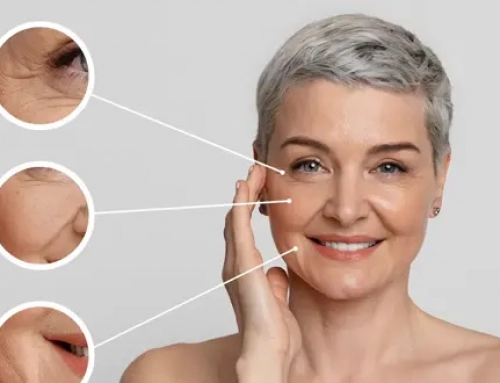The treatment course is determined by the surgeon depending of the level of discomfort as well as the severity of the septum deviation. Sometimes, surgery is needed to alleviate difficulty breathing through the nose.

Functional rhinoplasty : when is it necessary ?
Treating deviated septum symptoms
When the deviated septum is not causing any symptom, no treatment is necessary. When discomfort and breathing difficulties are caused by the deviation, a medical decongesting treatment can alleviate them.
Treating the deviated septum
Only septum deviations causing issues or complications require surgery to be treated. The procedure is called septoplasty. The nasal septum is repositionned with no alterations of the outer frame (no change in the appearence of the nose). The septum is reshaped and straightened.
The operation is performed with the patient under general anesthesia through the nostrils, often with no external / visible scar.
Specific case : rhino-septoplasty
When the deviated septum is associated with a nose deviation, or crooked nose, surgeons usually perform a rhinoseptoplasty in order to treat both deviations. This procedure does change the appearence of the nose. Surgery is a little more invasive in this case, swelling and bruising are to be expected during recovery.
To sum up
There are 3 types of nose surgery :
- Functional rhinoplasty : aiming at treating nasal obstructions and associated symptoms.
- Aesthetic rhinoplasty : aiming at improving the external appearence of the nose.
- Rhinoseptoplasty : combining the previous objectives.
Recovery tips
- During 2 weeks, breath through your mouth while making sure to often take a sip of water to avoid drying your throat.
- Try not to sneeze with your mouth closed and blow your nose very gently when needed.
- Clean your nasal cavities with water to get rid of crusts that have formed.
- Avoid strenuous activities and swimming during 2 weeks and ask for your surgeon’s approval before resuming them.
- Stop smoking before and after surgery : this is mandatory.





